Peperomia Care: Sweet Succulent-Like Houseplants

Peperomias are sweet succulent like houseplants which come in a variety of sizes, forms & leaf shapes, textures & colors. I share my Peperomia care & growing tips here.
Peperomias are small plants which are similar to hoyas in their care. Both are succulent like with fleshy leaves and stems. They make wonderful houseplants and can be found in both hanging and upright forms. This is all about peperomia care and how to keep these sweet beauties healthy and happy.
I grew 2 peperomias in containers in my garden in Santa Barbara. They grew in bright shade and benefited from the coastal fog. I’ve since moved to Tucson (the Sonoran Desert), and like most of you, now grow them as houseplants.
There are many different peperomias on the market. This care post applies to all of them.
These are the ones I have: Peperomia obtusifolia (Baby Rubber Plant), Peperomia obtusifolia variegata, Peperomia clussifolia rainbow, Peperomia amigo marcello, and Peperomia caperata rosso.
Many peperomias are used as tabletop plants, in dish gardens & terrariums. Of course, the trailing species & varieties are used as hanging plants.
Size
They don’t grow much bigger than 8 -12″ tall & wide. The trails of the hanging ones can grow longer but overall Peperomias are small houseplants. They’re most commonly sold in 2″, 4″, & 6″ grow pot sizes.
Growth Rate
I find most peperomias to be moderate to slow growers. My Baby Rubber Plants grows the fastest. I need to prune them once or twice a year to keep the stems from flopping over.
Peperomia Care
ExposureMine do best in moderate or medium light conditions under skylights. That being said, many Peperomias will tolerate low light & do just fine but you won’t see a lot of growth.
The more color & variegation in the foliage, the more light yours will need to bring it out & keep it.
Just be sure to keep them out of hot, sunny windows because they’ll burn. 5-10′ away from a west window is fine, but not directly in or in front of it.
In the darker winter months, you may have to move your Peperomia closer to a light source.
If your peperomia is getting light on 1 side only & leaning towards the light source, you’ll have to rotate it as needed to get it to grow straight.
Mine get a thorough watering once a week in the warmer months. I take them to the kitchen sink & spray them every other time I water them. This is my way of giving it an extra humidity boost.
I let my peperomias go almost dry before watering them again. Even though this plant doesn’t like to dry out, it doesn’t like to stay sopping wet or sit in a saucer of water.
Most peperomias are epiphytic plants (their roots are used for anchoring & not as much for water collection) & will fast rot out if kept too wet.
In the winter months, I water them less often – every 14 days. Houseplants like to rest at this time so cutting back on the watering frequency is necessary.
Your peperomia might need watering more or less often – this houseplant watering 101 post will help you out. Basically, the more light & warmth, the more often yours will need it. Lower light & cooler temps, then water less often.
If your home is comfortable for you, it’ll be so for your houseplants too. Just be sure to keep your Peperomias away from any cold drafts as well as air conditioning or heating vents.
Humidity
Peperomias grow in humid environments in nature & love it. Because their root systems are small, they also collect water through their leaves.
I live in a dry desert climate so that’s why I wet the foliage every time other time I water the plant. I also put mine out in the rain a few times a year for some extra moisture & to clean the foliage off.
You could mist yours a couple of times a week if your home is dry & you think it needs it. Another option would be to fill a saucer with small rock & water & then set the plant on top of that. The rock keeps the roots from submerging in the water.
Fertilizing/Feeding
I give most of my houseplants a light application of worm compost with a light layer of compost over that every spring. Easy does it – a 1/4″ layer of each is plenty for these smaller sized plants like peperomias. You can read about how I worm compost/compost feed right here.
I give my peperomias a watering with Eleanor’s vf-11 in late spring, mid-summer & at the end of summer. We have a long growing season here & they appreciate the nutrients this plant food provides. Once or twice a year might do it for your plant.
Whatever houseplant food you use, don’t over-fertilize your peperomia because salts build-up & can burn the roots of the plant. This will show up as brown spots on the leaves.
Avoid fertilizing a houseplant which is stressed, ie. bone dry or soaking wet.
You don’t want to fertilize houseplants in late fall or winter because that’s their time for rest.
You can check the post and video that focuses on repotting peperomias along with the best time to do it, steps to take & the soil mix to use. You can get all the details here. In a nutshell, they like a rich, chunky, & well-draining mix.
Their root systems are small so they don’t need repotting often. I repot mine every 5 years to freshen the soil mix or if the roots are coming out the bottom. And, I only go up a pot size.
Pruning
Of all my peperomias, the only 1 I’ve had to prune is the Baby Rubber Plant. The stems were growing tall & heavy causing them to flop out of the pot.
You can read how I pruned & propagated it here.
Propagation
You can propagate a peperomia by stem cuttings, leaf cuttings or by division.
Here’s how I planted my Baby Rubber Plant cuttings.
My peperomias have never gotten any. I’ve heard they can be susceptible to mealybugs & spider mites.
As with any pests, keep your eye out for them & take control as soon as possible. They’ll spread from houseplant to houseplant in no time.
Safe for Pets
Jump for joy, this is a plant which the ASPCA lists as non-toxic for both cats & dogs.
My kitties don’t pay any attention to my many houseplants. If your pet likes to chew on plants, just know that it could make he or she sick.
Flowers
They aren’t like other flowers & you could mistake them for a new leaf emerging. All the flowers on my peperomias have been green.
To sum it up: Peperomias are houseplants which known for their foliage. You can find them in a wide variety of textures, shapes, colors, & forms. They don’t take up a lot of room so you could easily squeeze one or two in somewhere. Moderate light conditions are best but some Peperomias will tolerate low light just fine. Go easy on the watering frequency because they’re subject to root rot if kept too wet. . And, peperomias are non-toxic if you have pets.
Enjoyed the project?




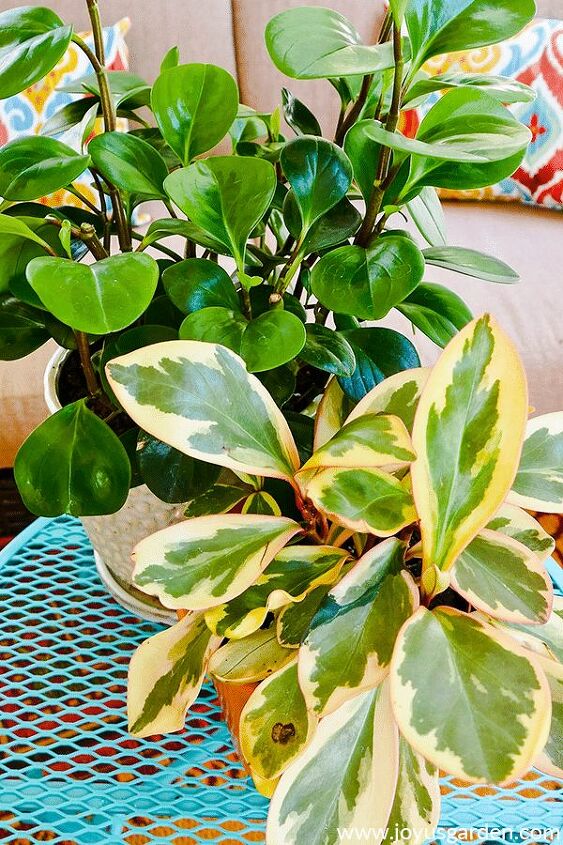







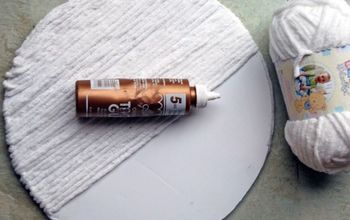





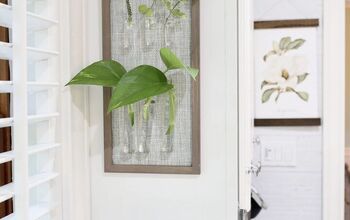
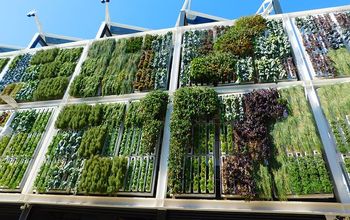
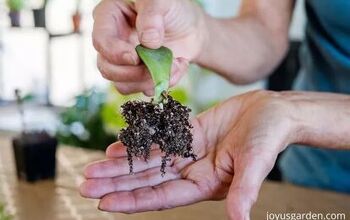




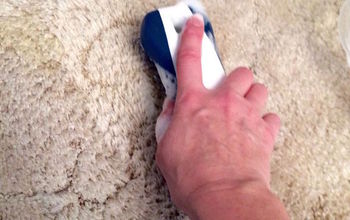
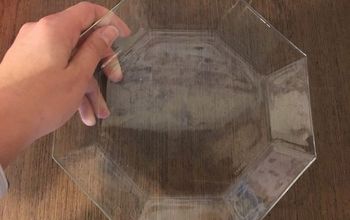
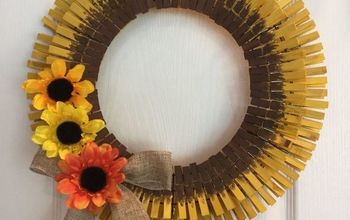



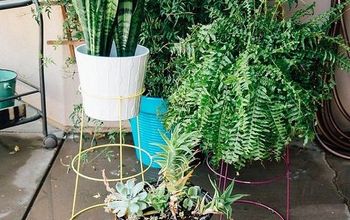



Frequently asked questions
Have a question about this project?